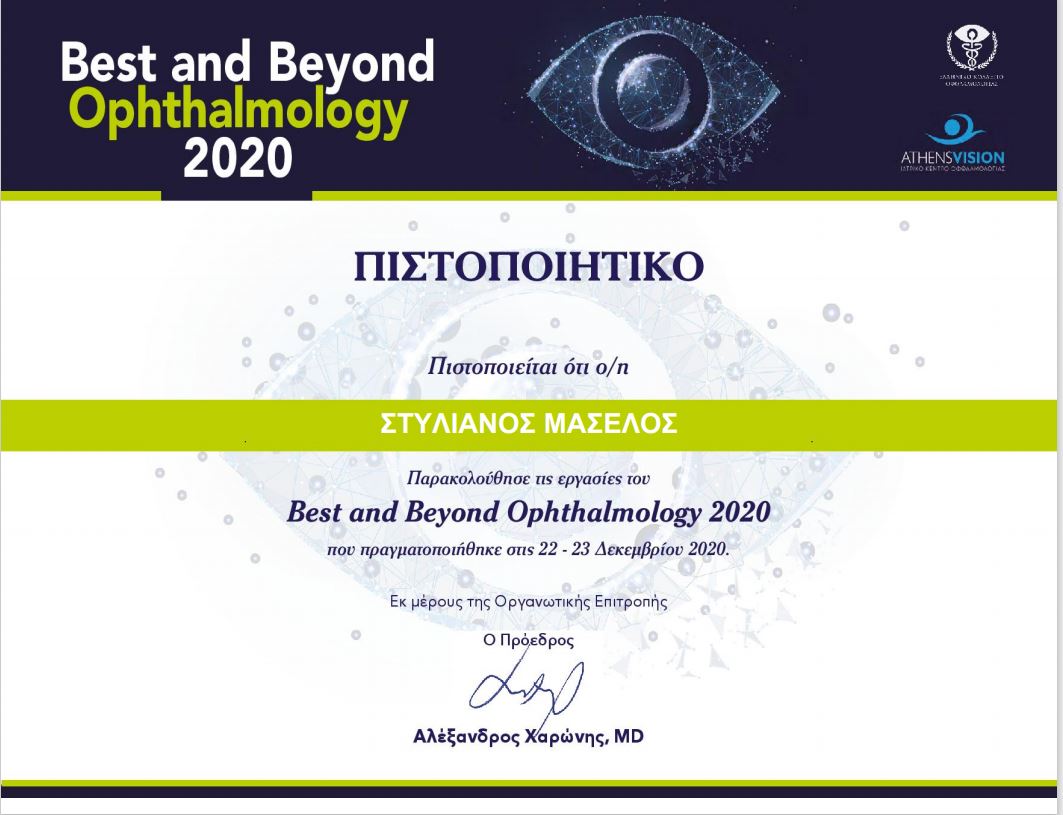
In Canada, the evolution of facial protection and implementation of mandatory full-face shields in minor hockey led to a significant decline in ocular injuries. Visor use among NHL players grew from 32% in 2002-2003 to 73% in 2012-2013 as the NHL Players’ Association made it mandatory for inexperienced players to wear visors. Most injuries were a result of being hit by a deflected or direct puck (37%) followed by being struck by a high stick (28%).2 According to a 2014 retrospective study, a total of 149 eye or orbital injuries over the last 10 seasons in the NHL. After suffering from a broken orbital bone, he continues to play without proper protection and explains that his decision is unwise, but is due to being comfortable. Vancouver defenceman Erik Gudbranson is one of them. However, studies show low rates of use among athletes.1Ī recent article revealed amongst NHL hockey players, 34 out of 640 are without a visor. This is especially because over 90% of ocular injuries are preventable with appropriate eye protection.

An optometrist has a crucial role in reinforcing eye safety in sports-related activities. Debbie Luk has put together an excellent summary to help ODs introduce the safety aspect with patients.Ĭonsider the impact of visors on eye and orbital.Įye trauma, often occurring through physical activity, is the leading cause of noncongenital monocular blindness in children.

This time of year many patients are considering sports-related gifts, which could include visors and protective eye wear.


 0 kommentar(er)
0 kommentar(er)
